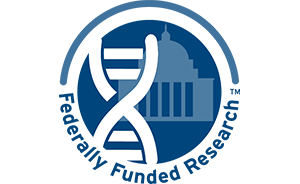Ovarian Cancer
Advances in treatment and an improved understanding of ovarian cancer have led to longer lives and better quality of life for women with the disease.
The breakthrough discovery that specific gene mutations – in the BRCA 1 and 2 genes – increase a woman's risk for ovarian and breast cancer has led to important risk-reducing strategies. Additionally, recent studies have shown that ovarian cancer is not one disease, but a spectrum of related diseases with unique genetic characteristics, creating the potential for developing more effective, personalized treatment regimens.











